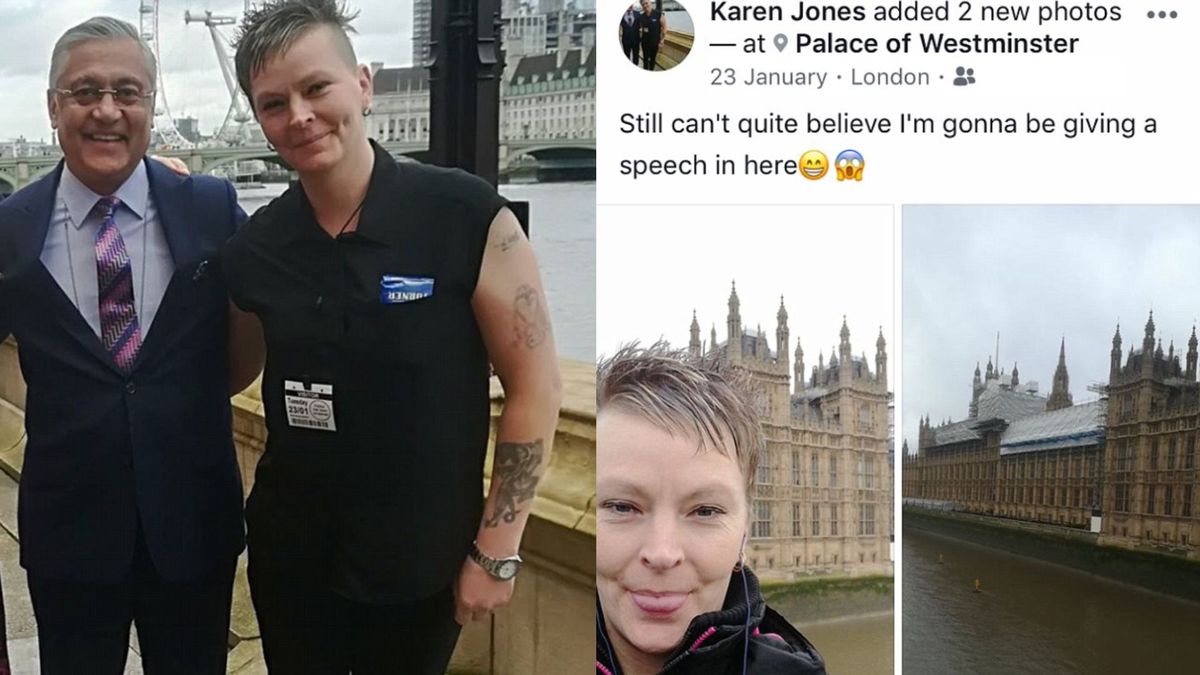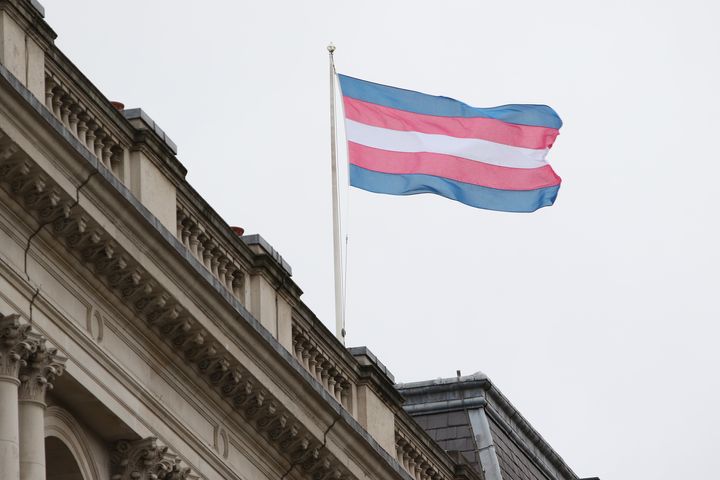Sex Offender, Murderer Paved Way for Male Transfers to Women's Prisons in UK

Discussion has been sparked today as women's rights activist Maya Forstater renewed interest in the case which paved the way for in-tact trans-identified males to be transferred to women's prisons.
In 2001, a man named Mark Jones (a.k.a: Karen Jones/Lawson) was jailed after the body of his sexual partner was found in their Manchester home. Jones had allegedly murdered the man after he refused to pay for Jones' nail polish and transgender surgeries, but, due to the advanced stage of decomposition in the body, he was only able to be convicted of manslaughter. The decomposition hindered the ability for coroners to ascertain a proper cause of death, and thus throttled the prosecution.
Jones was sentenced to 5 years, but was released just one year later on license in 2002. Less than a week after getting out of prison, Jones sexually assaulted a female clerk at a store which sold clothing for transsexual men, gagging the woman's mouth with a lemon and trying to rape her. He was unable to do so only because he was incapable of maintaining an erection. Jones was re-apprehended and sentenced to life in prison.
At the time, Jones claimed the attempted rape was a "cry for help" so he could go back to prison and recieve a sex change on the public dime. While imprisoned, Jones recieved free laser hair removal, hormone replacement therapy, and a gender recognition certificte.
Jones ultimately demanded transfer to a women's prison, but his male genitals made the move impossible at the time. Likewise, he was denied a vagina construction because he was housed in the male estate. Jones brought a judicial review in 2009, and consideration of the double-bind situation would become the legal premise for the decisive ruling which would later enable fully "intact" men to seek transfer to women's prisons.
In a January 10 post, women's activist and Executive Director of Sex Matters Maya Forstater renewed interest in Jones' case, posting a screenshot which described some of the details of the landmark 2009 decision.
A reminder: the case that led to intact males being put in women's prisons - a killer & attempted rapist wanted to have surgery.
— Maya Forstater (@MForstater) January 10, 2022
The NHS said first he had to live in female prison.
It was nothing to do with safety in male prison#KeepPrisonsSingleSex pic.twitter.com/Ya9DWfuLHe
The screenshot came from a paper written by Michael Biggs, a professor at the University of Oxford. Titled "The Transition from Sex to Gender in English Prisons: Human Rights and Queer Theory," the 2020 paper asks whether men should be housed in women's prisons, and utilizes Jones' case history as an example of how the needs of female inmates were discounted in the process of establishing gender-based policies.
"The argument that Jones would be hard to manage in a women’s prison was dismissed on the grounds that Jones would pose still greater difficulties if thwarted, due to what the consultant forensic psychologist described as ‘narcissistic, compulsive, aggressive, violent and sadistic elements’ in his personality." Biggs writes on page 6 of the paper, going on to state that: "The rights of the women who would have to share facilities with such a person were ignored. Indeed, James Barrett from the Gender Identity Clinic was concerned only for the welfare of Jones..."
Following the judgement on Jones' case in 2011, prison sex-segregation criteria was reduced from genitalia to legal sex – meaning any male who legally changed his gender marker was able to request transfer.
Jones was eventually transferred to a women's institution and recieved genital surgery. Shortly after, he was released from prison once again as a parole board decided a life sentence for his crimes wasn't appropriate.
In 2018, Jones was invited to the House of Lords to speak on the rights of transgender criminals.
Do you want to bring the "gender madness" to an end? Help us write about it! 4W is able to pay our all-female staff and writers thanks to the generous support of our paid monthly subscribers.
Enter your email below to sign in or become a 4W member and join the conversation.
(Already did this? Try refreshing the page!)





Comments